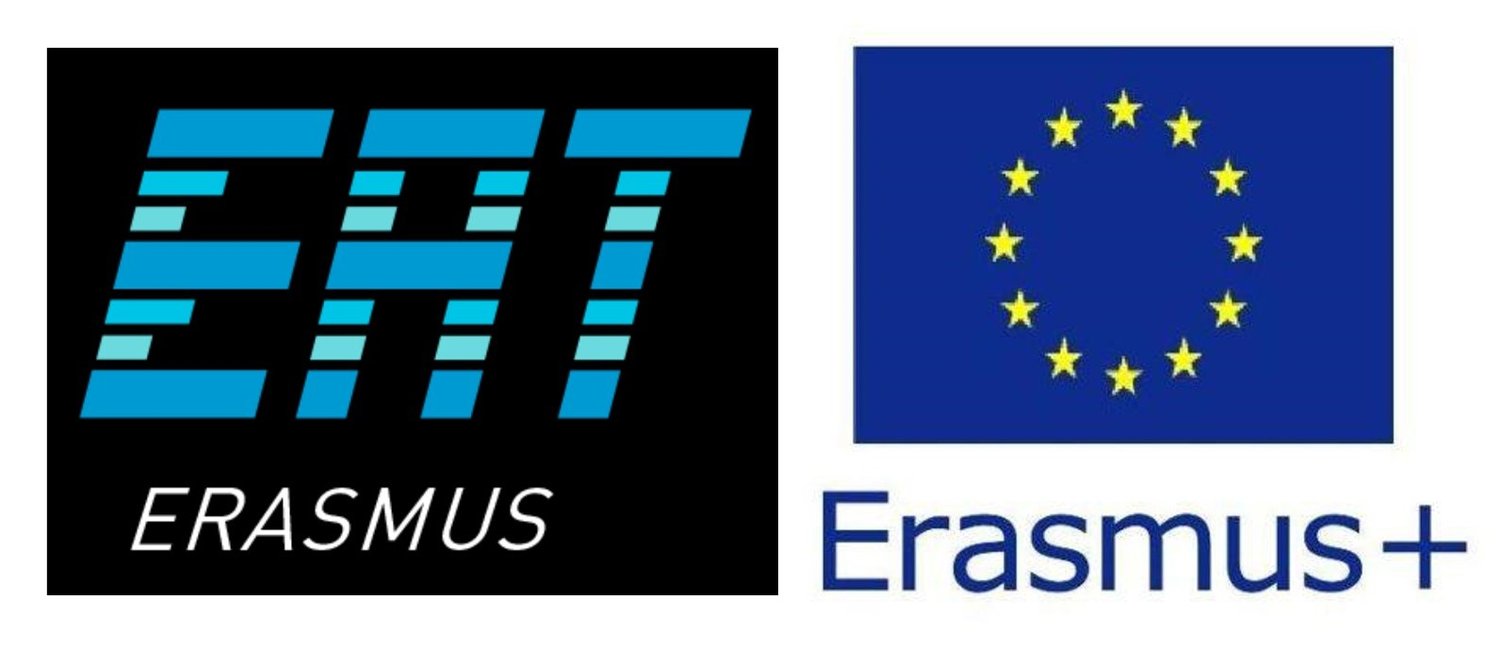1.8 Self-regulation variables
SRL encompasses many individual and contextual variables, and the complex interactions between them. Factors impacting student success are summarised in Figure 1.9 (for more information on the related theoretical constructs associated with these see Evans & Waring (2020).
Individual difference variables impacting student success
Students’ prior academic achievement and previous experience of success impact how they do in higher education; so, addressing potential gaps in knowledge, and lack of confidence at point of entry are important. The interrelationships (intersectionality) between individual differences and many other variables need careful consideration to avoid assumptions about students’ learning needs.
Personality constructs linked with academic success include need for cognition (desire to understand and make sense of information), openness to new ideas, and conscientiousness.
Control cognitions such as academic self-efficacy (belief in ability to do well), grade goal (what standard a learner is aiming for), self-motivation (goal orientation, mastery & performance goals), persistence, effort regulation (Panadero, 2017; Richardson et al., 2012; Schneider & Preckel, 2017) and impact attainment. Control cognitions are closely linked with prior knowledge and experience of success in learning (Fyfe & Rittle-Johnson, 2016; Van der Zanden et al., 2018). Intrinsic motivation is linked to students adopting deep approaches to learning (Kyndt, et al., 2011).
Beliefs about learning are important, in that they impact student choice of learning strategies which correlate with achievement e.g., incremental beliefs about ability not being fixed, for example, growth mindsets highlighted by Dwek (2006) vs entity beliefs that ability is fixed (e.g., fixed mindsets) (Burnett, O’Boyle et al., 2013). See also work on the plasticity of the brain from a neuroscience perspectives in relation to learners’ beliefs about their capacity for growth.
How students perceive the learning environment matters. Students who see the value of assessment to support learning are more likely to adopt positive self-regulatory approaches (Brown, 2011).
The dispositions students adopt impact learning outcomes (Figure 1.10): Strategic approaches to learning, being discerning about where and how one applies effort in relation to the needs of the task is associated with positive learning outcomes (Schneider & Preckel, 2017). However, deep approaches to learning (searching for meaning e.g., McCune & Entwistle, 2011) are not always associated with positive outcomes (it may be the learner has gone too deep and ended up globetrotting and lost focus on key areas, and it may also be that the task set did not reward a deep approach). Evans (2014) redefined, a deep approach to incorporate metacognitive dispositions to suggest a deep approach should reflect the students’ ability to utilise resources efficiently to meet the needs of a task which incorporates strategic and deep approaches to learning, and also surface ones, where it is appropriate to do so.
Developing a deep approach (Marton & Saljo, 1976) to learning is traditionally described as searching for meaning rather than purely reproducing information. A key element of a deep approach is that through deep understanding an individual can manipulate information, adapt it to new contexts and come to new understandings. In modern conceptions of a deep approach the importance of self-regulation is noted in students’ abilities to be able to be discerning in how they allocate resource as well as the quality of it (Waring & Evans, 2015). In Evans’ (2013) work exploring successful boundary-crossers, the following characteristics were evident : (a) focus on meaning making; (b) self-management skills; (c) perspective; (d) noticing; (e) resilience; (f) managing personal response to feedback; (g) pro-active feedback-seeking behaviour; (h) adaptability, and (i) forward thinking.
Thinking dispositions provide a useful take on a deep approach to learning. Perkins and Tishman (2001) identified three distinct elements comprising thinking dispositions to include sensitivity, inclination, and ability. Sensitivity concerns awareness of occasion, inclination concerns motivation or learning and ability concerns capability in being able to follow through appropriately. In moving this forward. McCune & Entwistle (2011; Figure 1.10) considered sensitivity in terms of mindfulness, with a ‘mindful’ state implying openness to new information and different points of view, whereas mindlessness they defined as a rigid reliance on old categories and distinctions created in the past (Langer, 1989). They also offered up ‘a willingness to offer’ as an important attribute, in that students needed to be willing to offer up their ideas for scrutiny by others as part of a deep approach.
Learning Patterns are an important predictor of variance in student learning outcomes. As outlined by Vermunt and Verloop (1999) they consider the interrelationships between processing and regulation: cognitive processing strategies, metacognitive regulation strategies, metacognitive conceptions of learning, and learning motivations or orientations (Vermunt & Donche, 2017).
The “ learning patterns that students adopt are embedded in a range of personal factors such as personality, academic motivation, goal orientation, attributions of academic success, self-efficacy, effort, epistemological and intelligence beliefs, prior education, age, and gender” (Vermunt & Donche, 2017, 279), and are highly impacted by how individuals perceive their learning contexts:
“The more students viewed assessment as inappropriate the more their learning pattern was reproductive in nature.” (Vermunt & Donche, 2017, p. 272).
The interaction of personal and contextual factors leads to distinct patterns of learning reproduction-directed (trying to reproduce the learning content); application directed (attaching value to applying learning to practice), meaning-directed (deep approach), and undirected learning (lack of understanding of how to approach learning effectively) (Vermunt & Verloop, 1999; Vermunt & Donche, 2017).



